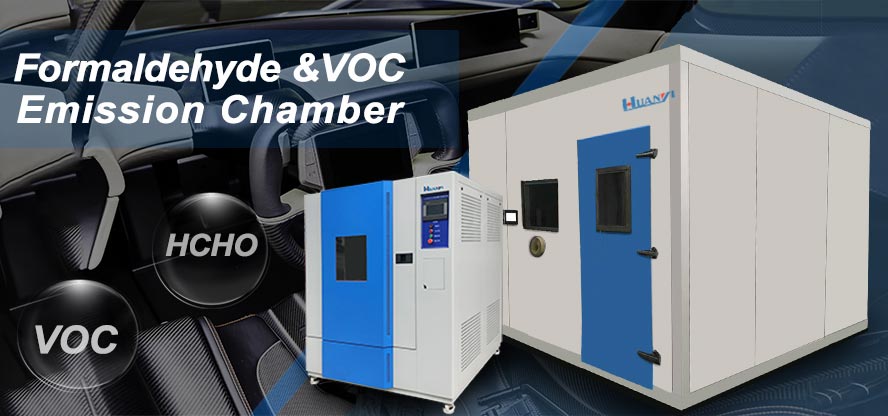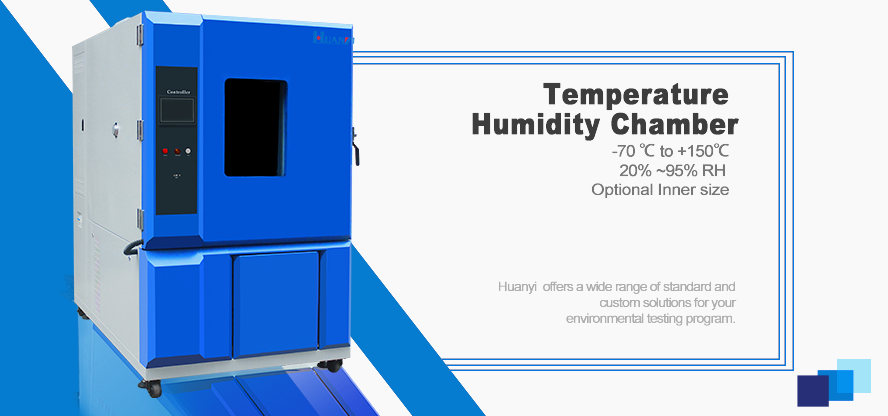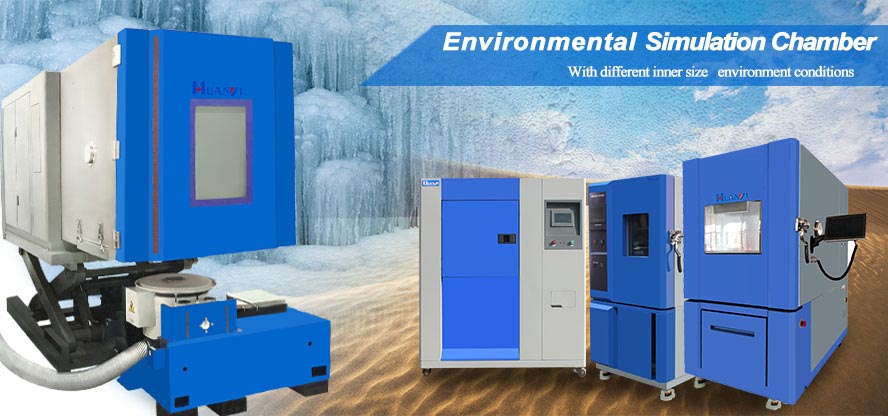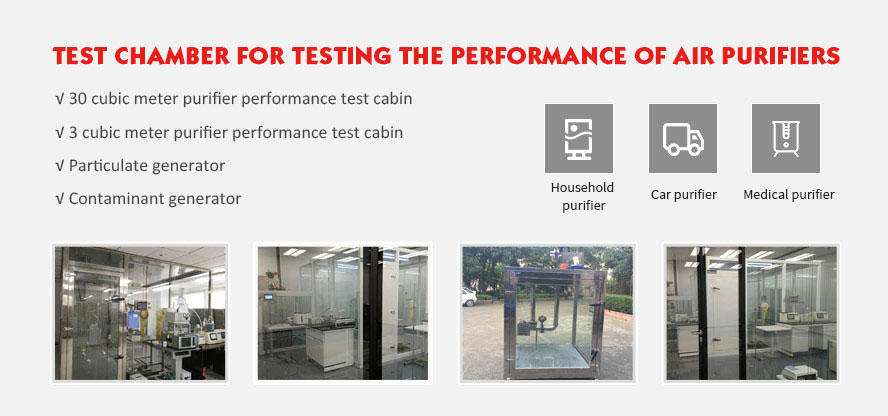How to choose the right fixture for the tensile testing machine
Tensile testing machine is also called universal material testing machine. It is used to perform static load, tension, compression and other mechanical performance tests on various materials. It can be used to test various physical properties of materials such as plastic sheets, wires and cables. The fixture of the tensile testing machine is a very important part, so let's learn about the knowledge of fixtures together and choose the appropriate fixture for the tensile testing machine.
1. Master the performance of the test fixture; increase the pressure of the test piece by clamping the test piece with the fixture, and the test force that the clamped test piece can withstand is an important indicator of the fixture. Determine the size of the fixture structure and the size of the work strength when the fixture is working. The sample material is divided into metal and non-metal, and the shape is divided into size. The composition of the raw materials is also diverse, the sample can withstand as little as tens of centinewtons (such as spandex yarn for textiles) to dozens of tons (such as ordinary steel, etc.; the electronic universal testing machine can withstand 600KN, 0.5 grade) Machine), the sample size is as small as a gold wire with a diameter of φ0.006mm, as large as a PVC pipe with a diameter of 1m, and so on. Therefore, it is necessary to choose different clamps according to different forces and the shape and size of the sample.
2. Fixture material requirements: For general metal and non-metal test pieces, the jigs whose jaws are in direct contact with the test piece are generally selected from high-quality alloy structural steel, alloy high-carbon steel (or low-carbon alloy steel), cold work die steel, etc. , Improve its strength and wear resistance through proper heat treatment process. Sometimes special steel is inlaid on the jaws, or gold steel grit is sprayed on the surface of the jaws.
Perform some small tests on the fixture of the tensile testing machine, and use sticky soft rubber on the contact surface. Fixtures are generally made of high-quality medium carbon steel and alloy structural steel, and through appropriate heat treatment processes, the mechanical properties of the fixtures are improved. Sometimes aluminum alloy and other non-ferrous metals and special metals are also used to reduce weight. Casting structure can also be used (cast steel, cast aluminum, etc.)
Third, the fixture structure requirements: the fixture design is mainly based on the test standard of the material and the type and material of the sample (specifically finished and semi-finished products). The above standards apply to ISO, ASTM, DIN, GB, BS, JIS... and corporate standards and industry standards, etc. These standards generally have strict regulations on samples and test methods, which can be designed according to different samples and test methods. Fixture. For the fixtures used for special samples (finished and semi-finished products), the fixtures are mainly designed according to the type and material of the sample.
4. The fixture itself does not have a fixed structure (for example, the metal wire can be clamped in a coil or two flat plates, and the metal sheet sample can be wedge-mounted or paired-clamped), which is obviously different from the host . Domestic mainframes and foreign mainframes are basically the same, while foreign fixtures are very different in China, and there are also great differences between different companies. It mainly depends on the overall level of the company and the accumulated experience of the designer. The fixtures of foreign fixture companies such as INSTRON, MTS, ZWICK, etc. are generally exquisite in craftsmanship and convenient to use, but the price is relatively high, and they are in the high-end market; while our country’s fixtures, due to their extensive industry presence, have a large domestic market share, and can be used to a certain extent. It replaces some foreign products and is in the mid-to-high-end market. But for some new materials and special materials, there is still a certain gap between domestic and foreign standards.
5. The clamp itself is a kind of locking mechanism. We know that the locking structure on the mechanical device includes: thread (ie thread, screw, nut), inclined plane, eccentric wheel, lever, etc., and the clamp is a combination of these structures. The fixture used in the tensile testing machine does not have a fixed pattern in structure, and there are great differences in structure according to different test pieces and the magnitude of the force.
Large specimens generally adopt a sloped clamping structure. As the force increases, the clamping force also increases. The shoulder specimen adopts a suspension structure, etc. If the clamps are divided according to the structure, they can be divided into wedge-shaped clamps (that is, the use of inclined locks) Fixtures with tight principle structure), alignment fixtures (i.e., fixtures that adopt the principle of lever force amplification), shoulder fixtures (referring to various types of fixtures such as shoulders, screws, studs, etc.), eccentric fixtures (such as thread Locking principle structure), lever type fixtures (referring to the structure of the lever force amplification principle structure), shoulder type fixtures (such as bolts, studs, etc.). The structure of this clamp has its own advantages and disadvantages. For example, the initial clamping force of the wedge clamp is small, and it increases with the increase of the test force; the tightening force increases accordingly. For fixtures, the initial clamping force is larger, and the test force increases; the clamping force decreases accordingly.









